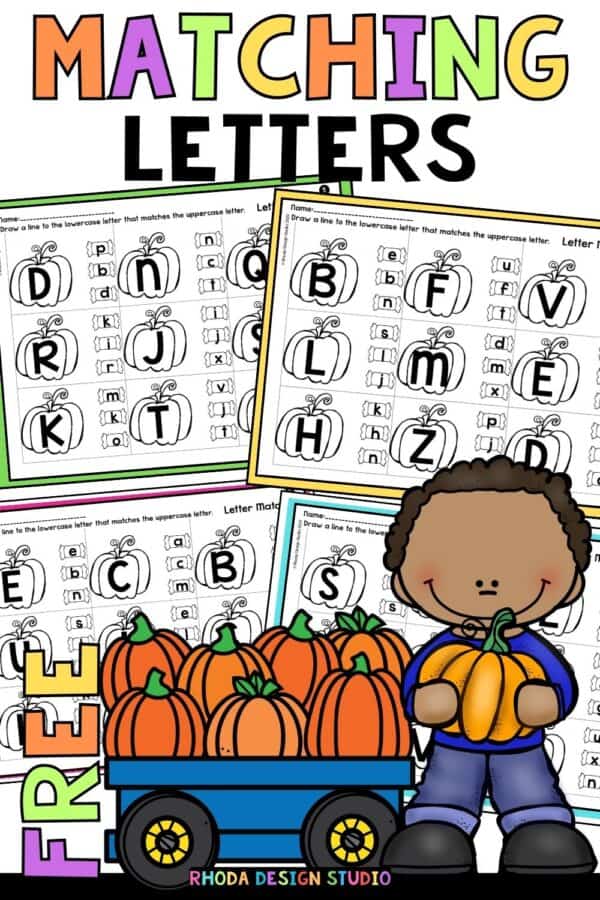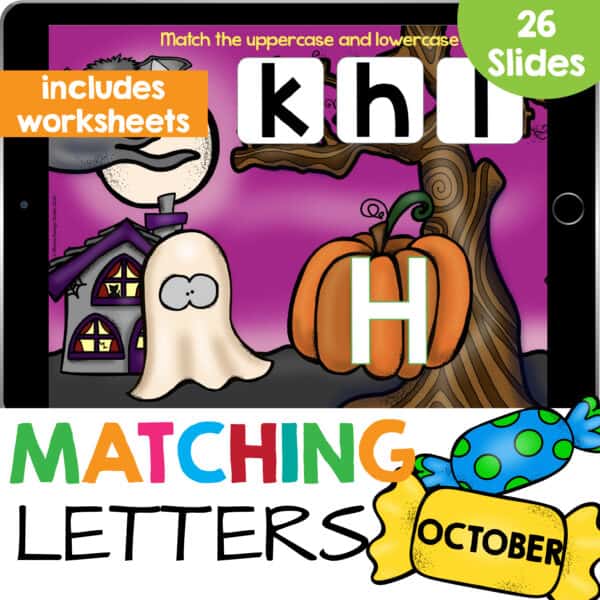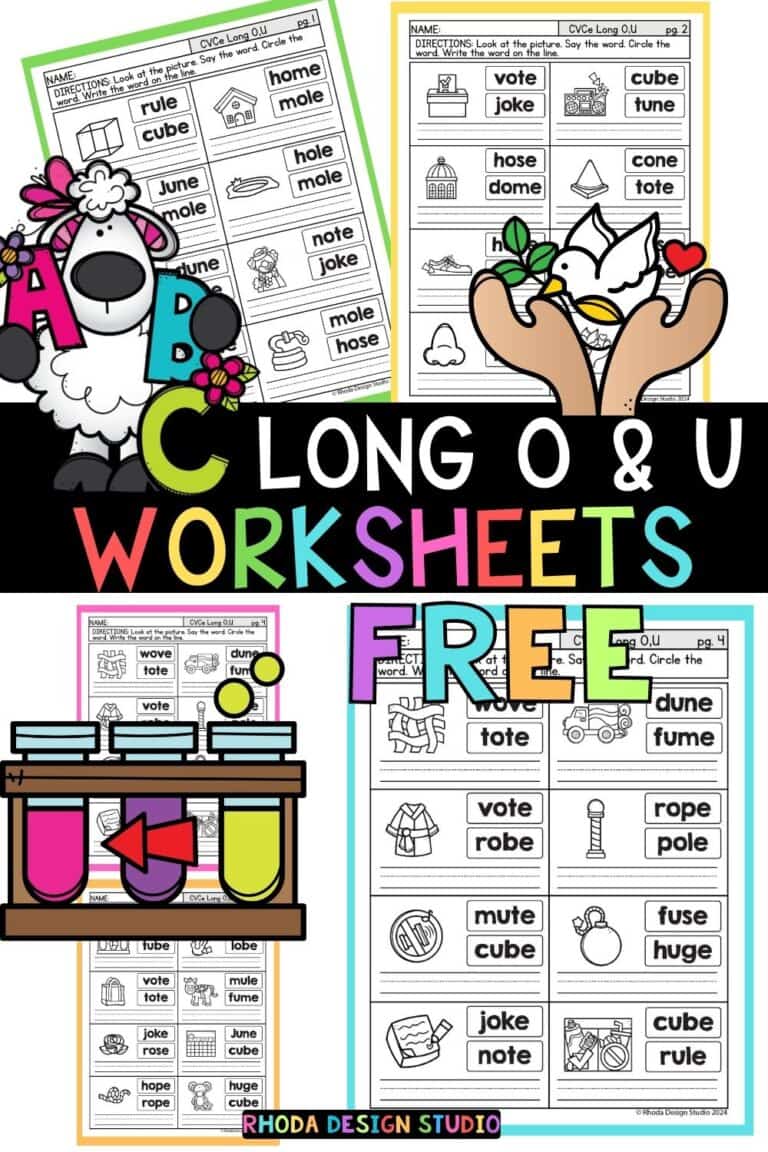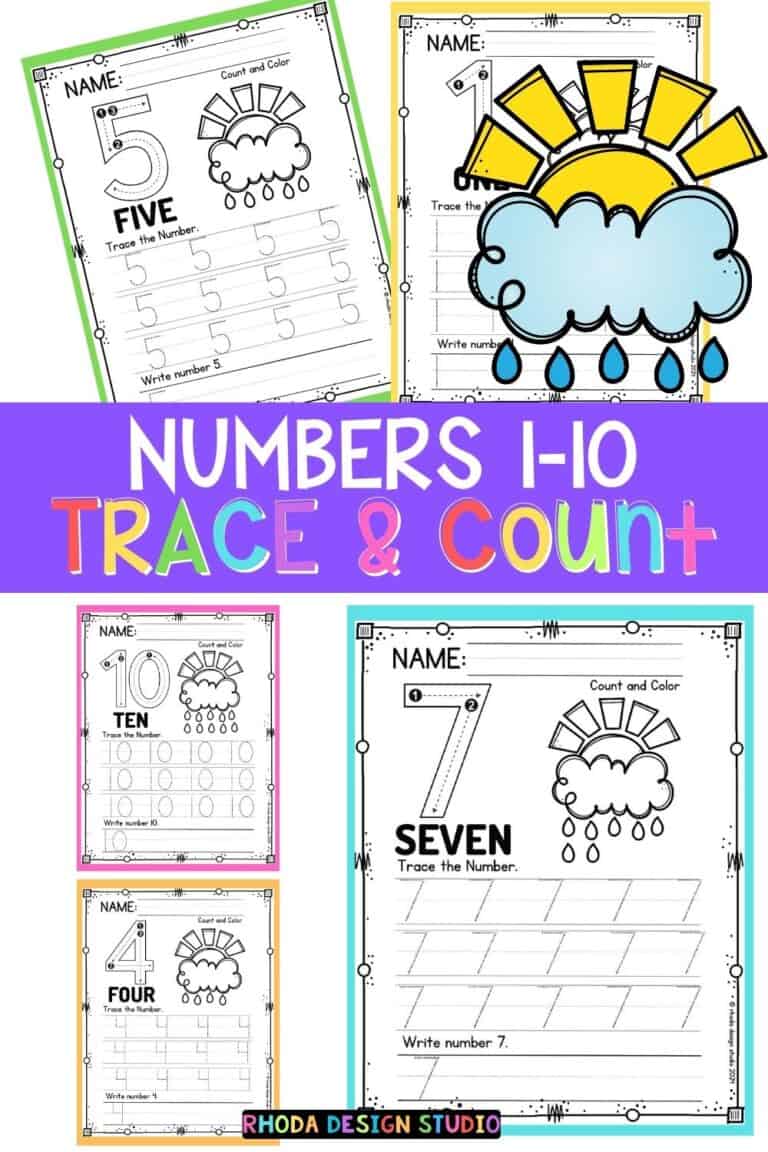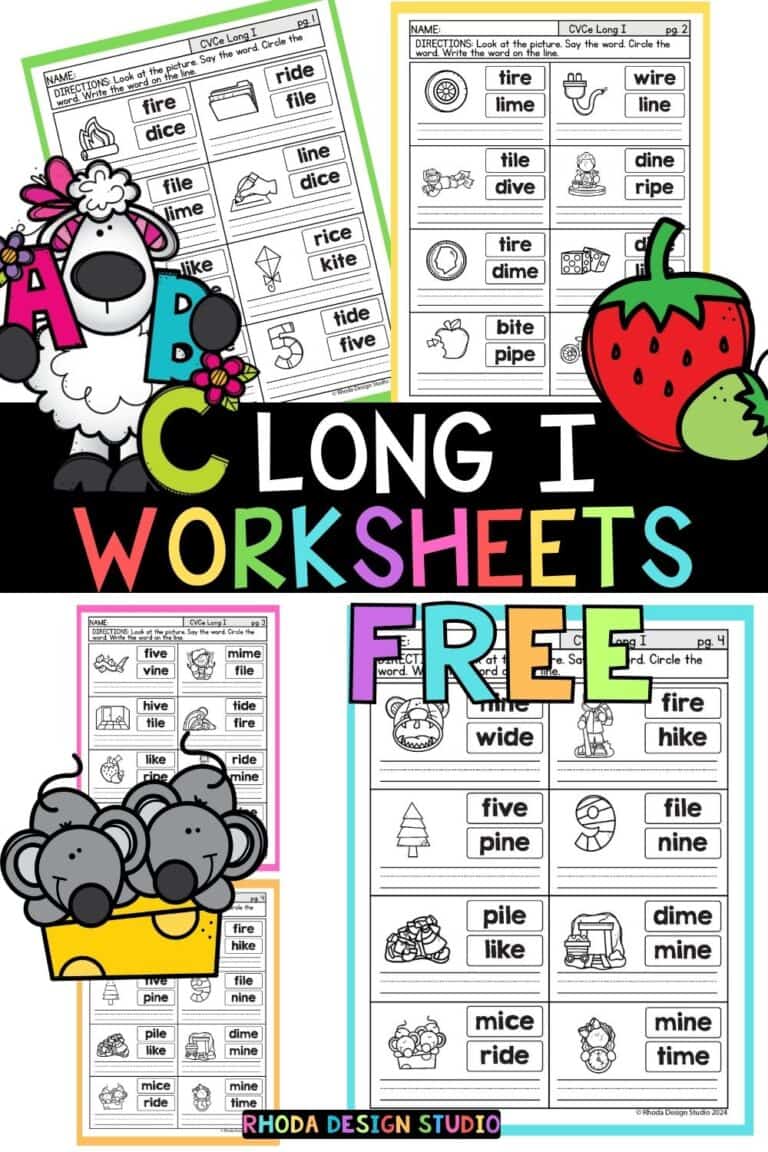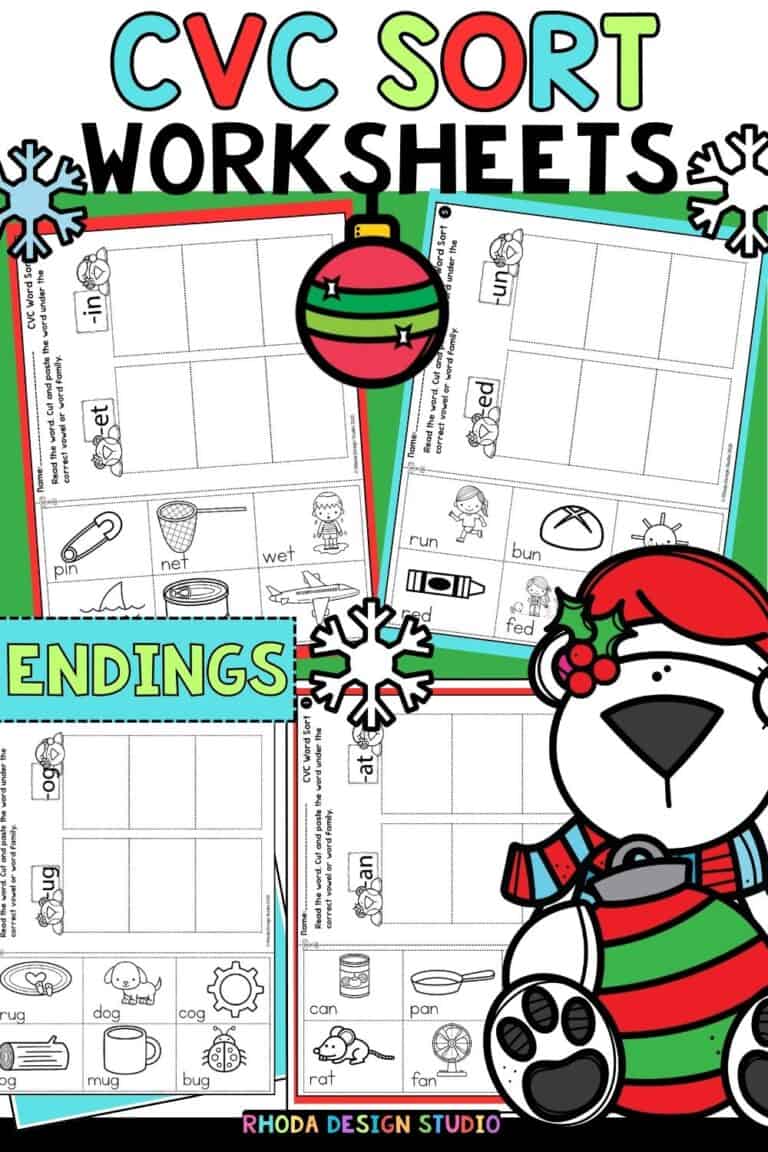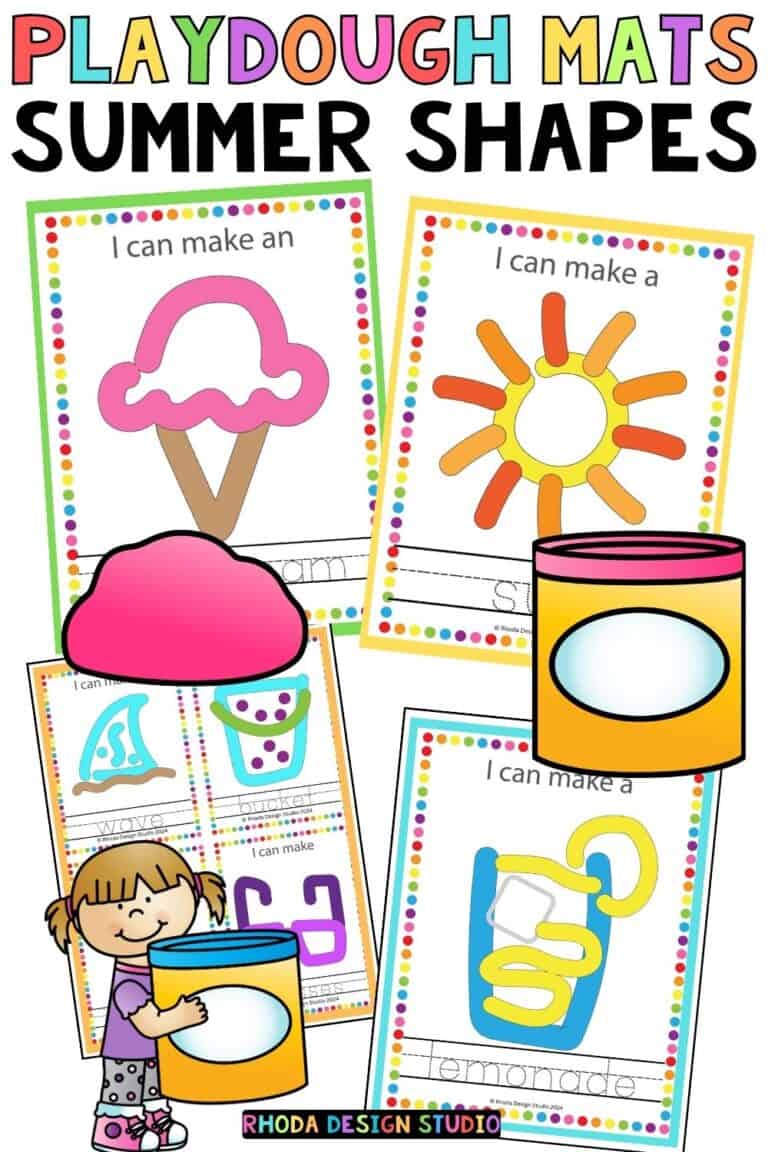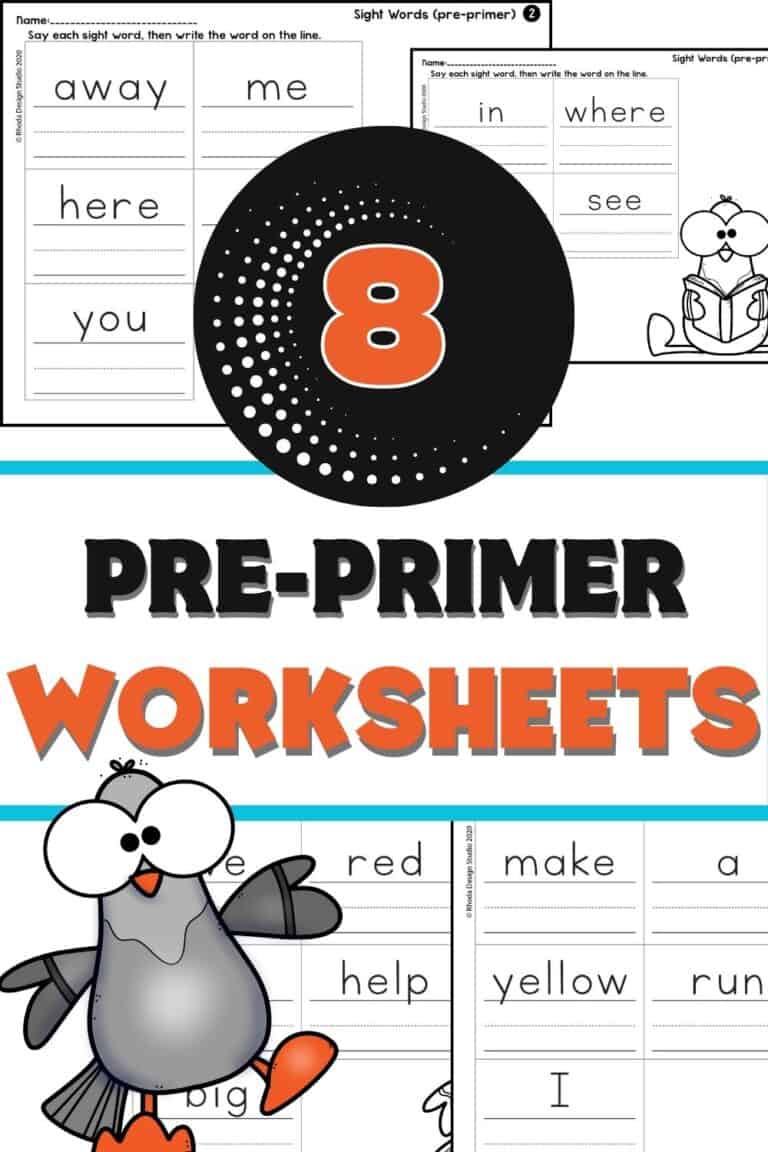Free October Literacy Lessons: Letter Matching Worksheets
Letter matching worksheets are more than just paper and pencil activities; they are gateways to literacy and lifelong learning. By judiciously incorporating these resources into your teaching strategy, you can provide a robust foundation for your young learners’ reading and writing skills
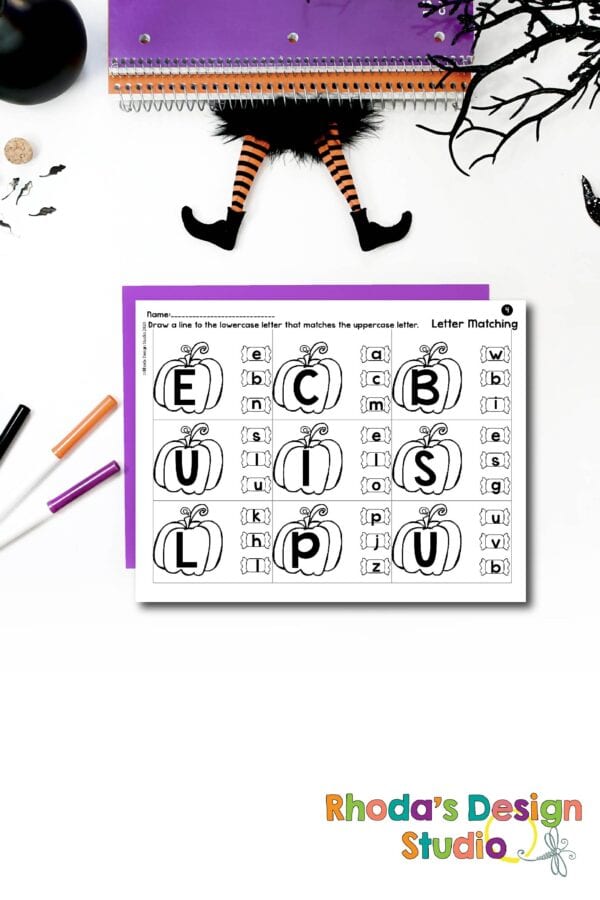
What are Letter Matching Worksheets?
Letter matching worksheets are educational tools designed to help young learners recognize and match letters of the alphabet. These worksheets come in various formats, including but not limited to matching lowercase to uppercase letters, matching letters to pictures beginning with that letter, and finding pairs of matching letters. Such activities are instrumental in reinforcing the fundamental skills necessary for reading and writing.
Why Use Letter Matching Worksheets?
1. Enhances Letter Recognition
The path to literacy begins with recognizing the distinct shapes and names of each letter. These worksheets familiarize children with both the uppercase and lowercase forms, fostering an ability to quickly identify letters in various contexts.
2. Promotes Fine Motor Skills
Using pencils or crayons to draw lines connecting letters or circling matching pairs involves precise movements, which enhance fine motor skills important for writing.
3. Supports Visual Discrimination
Children learn to notice the subtle differences between letters, a skill critical for reading, where changing one letter can alter the meaning of a word completely.
4. Encourages Phonemic Awareness
When letter matching activities incorporate pictures, they not only aid in letter recognition but also in connecting letters with their corresponding sounds, building a foundation for phonics skills.
How to Implement Letter Matching Worksheets in Your Teaching
1. Start Simple
Introduce worksheets that focus on matching uppercase letters with their lowercase counterparts. Ensure that learners are not overwhelmed by keeping the activity focused on a small group of letters at a time.
2. Make it Multisensory
Combine worksheets with physical letter tiles, playdough, or sand trays. This multisensory approach caters to various learning styles and keeps children engaged.
3. Incorporate Themes
Use themes (e.g., holiday-themed worksheets) to make learning more exciting and relevant. Themes provide an excellent opportunity to expand vocabulary and introduce new letter sounds in a contextually meaningful way.
4. Progress to Complex Activities
Gradually introduce worksheets that challenge learners to match letters to pictures, or find the odd letter out. This progression supports cognitive development and literacy skills.
5. Offer Positive Reinforcement
Celebrate successes and offer encouragement. Positive reinforcement motivates learners and fosters a love for reading and writing.
Letter Matching Resources PDF
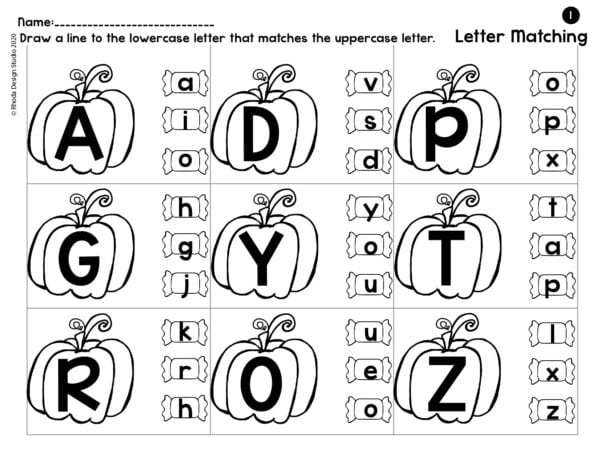
Letter Matching Pg 1
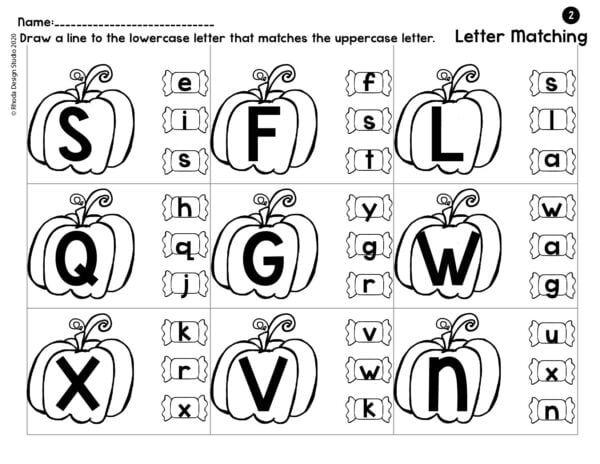
Letter Matching Pg 2
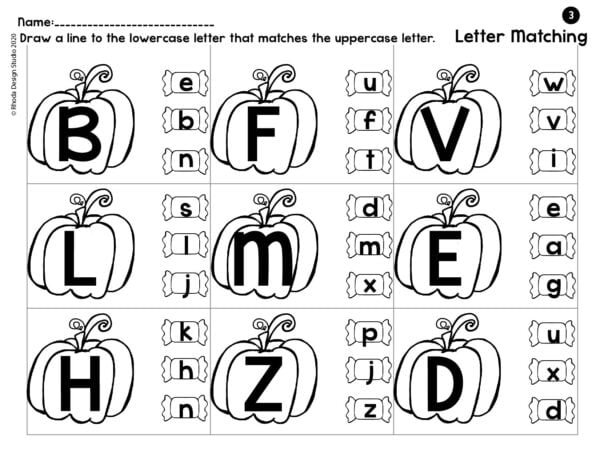
Letter Matching Pg 3
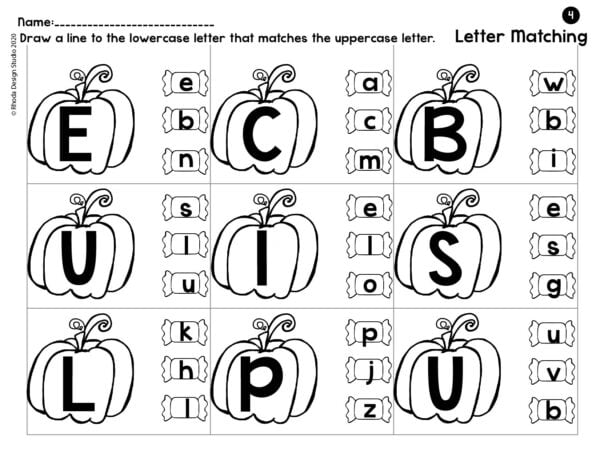
Letter Matching Pg 4
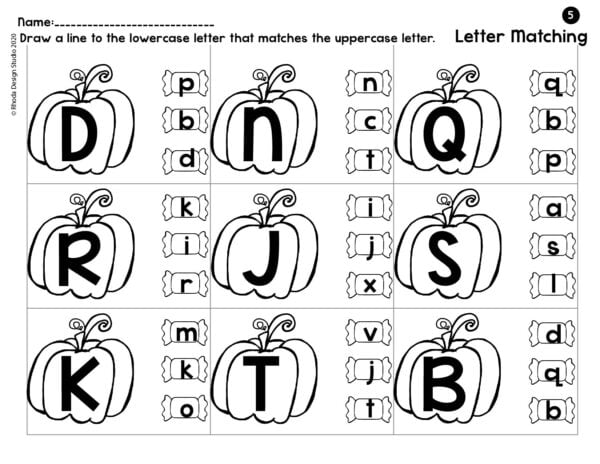
Letter Matching Pg 5
Matching Letters Kindergarten Alphabet Worksheets
CCSS.ELA-LITERACY.RF.K.1.D
Recognize and name all upper- and lowercase letters of the alphabet.
This activity is perfect for morning reading centers and distance learning.
Students drag and drop the matching picture to complete each pair.
Kindergarten Reading Skills include:
- identifying letters
- matching letter pairs
